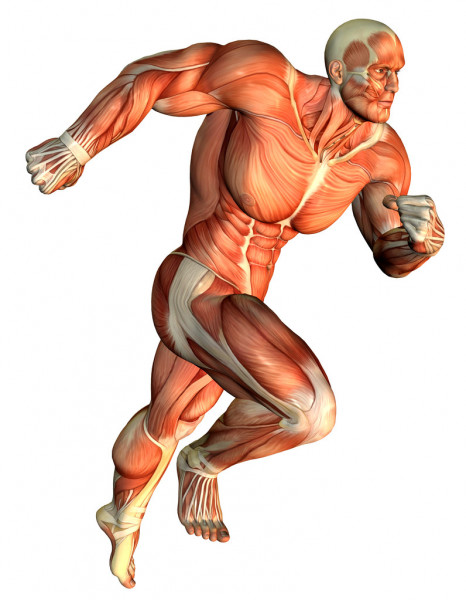Exercise affects your muscles and bones in similar ways. When you work out regularly, your muscles get bigger and stronger. By contrast, if you sit around doing nothing, they get smaller and weaker. The same principle holds true for bones, although the changes are less noticeable.
Not only do muscles and bones both respond to exercise, but the changes in both of them happen in tandem. That’s because muscles and bones work together to make your body move—and for maximum efficiency, muscle and bone strength need to be bal-anced. Consider what would happen if this balance didn’t exist. At one extreme, a weak muscle wouldn’t be able to move a big, strong bone. At the opposite end of the spec-trum, if a muscle were much stron-ger than a bone, it would snap it.
The human body naturally maintains the right balance. As your muscles grow stronger from exercise, they pull harder on bones. The harder they tug, the more your body strengthens those bones. The reverse also holds true. If you don’t work out, your muscles get weaker, and the force they apply to bones decreases. The bones follow suit, growing weaker. So, when you do strength training to build muscle, you’re also building stronger bones, even if that’s not why you took up weight training in the first place.
An important lesson follows from this: since the muscle-bone connection plays such an impor-tant role in triggering bone strengthening, those bones that bear the load of the exercise will get the most benefit. If you only do upper-body workouts, for example, that does little for bones in your lower body.
Source: health.havard.edu



